Rose hips are the small berry-like fruits that appear on the rose after the flower dies off. If you want to get technical, rose hips are the fertilized ovary of the rose. On the outside is a layer of fruit flesh to make it tasty for animals and birds, and on the inside, it’s packed with seeds.
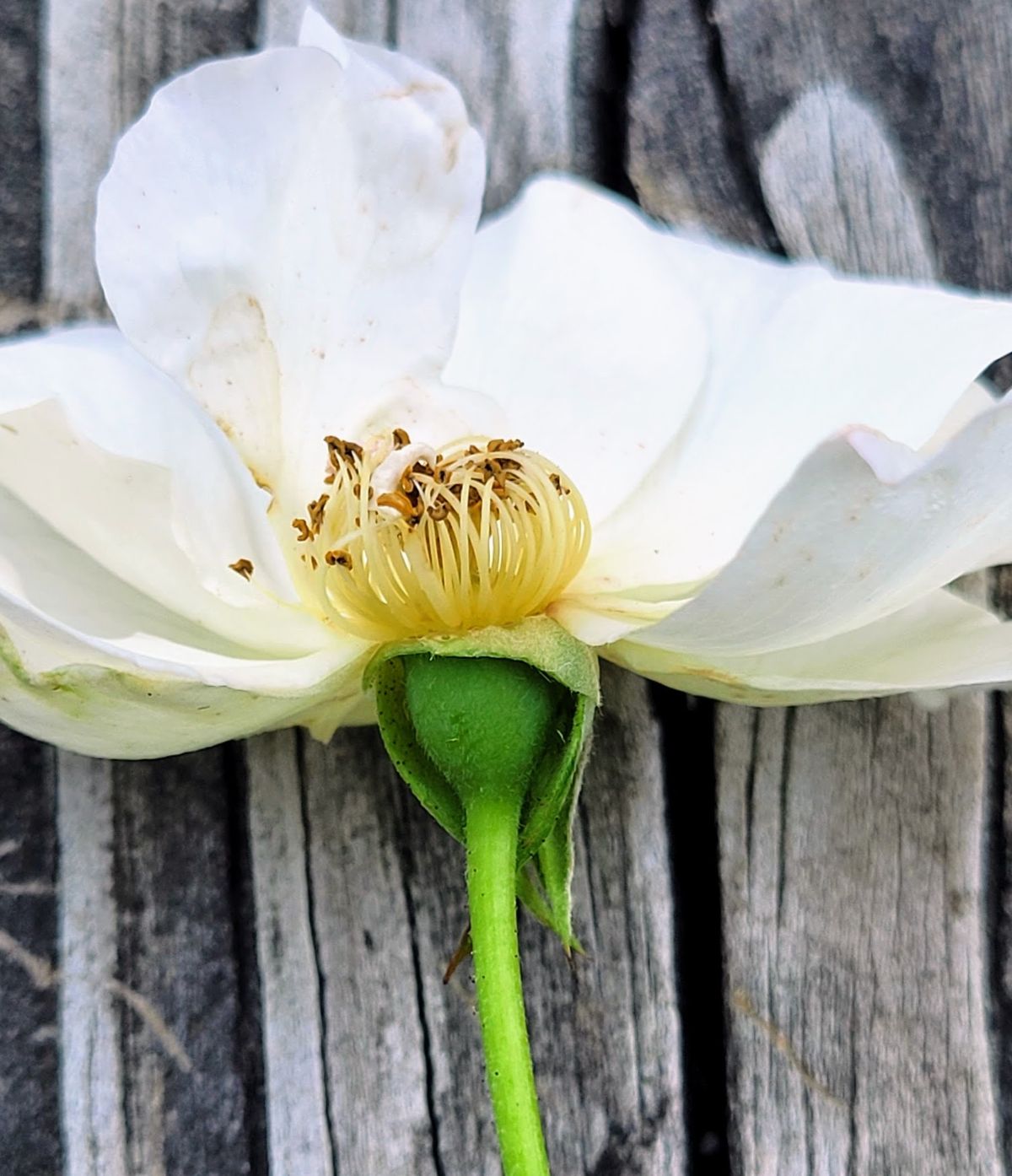
But rose hips are more than a fancy package for rose seed delivery. Since ancient times, roses and rose hips have been grown for beauty, fragrance, medicine, and food. They were even used by early Christians to make the beads of their rosaries.
Roses are the Swiss Army knives of plants, very handy in all kinds of situations.
However, rose hips are an overlooked part of the rose that deserves its day in the sun. All over the world, even from ancient times, people from societies where roses grew used rose hips in medicine and cooking.
Jump to:
The Many Benefits of Rose Hips
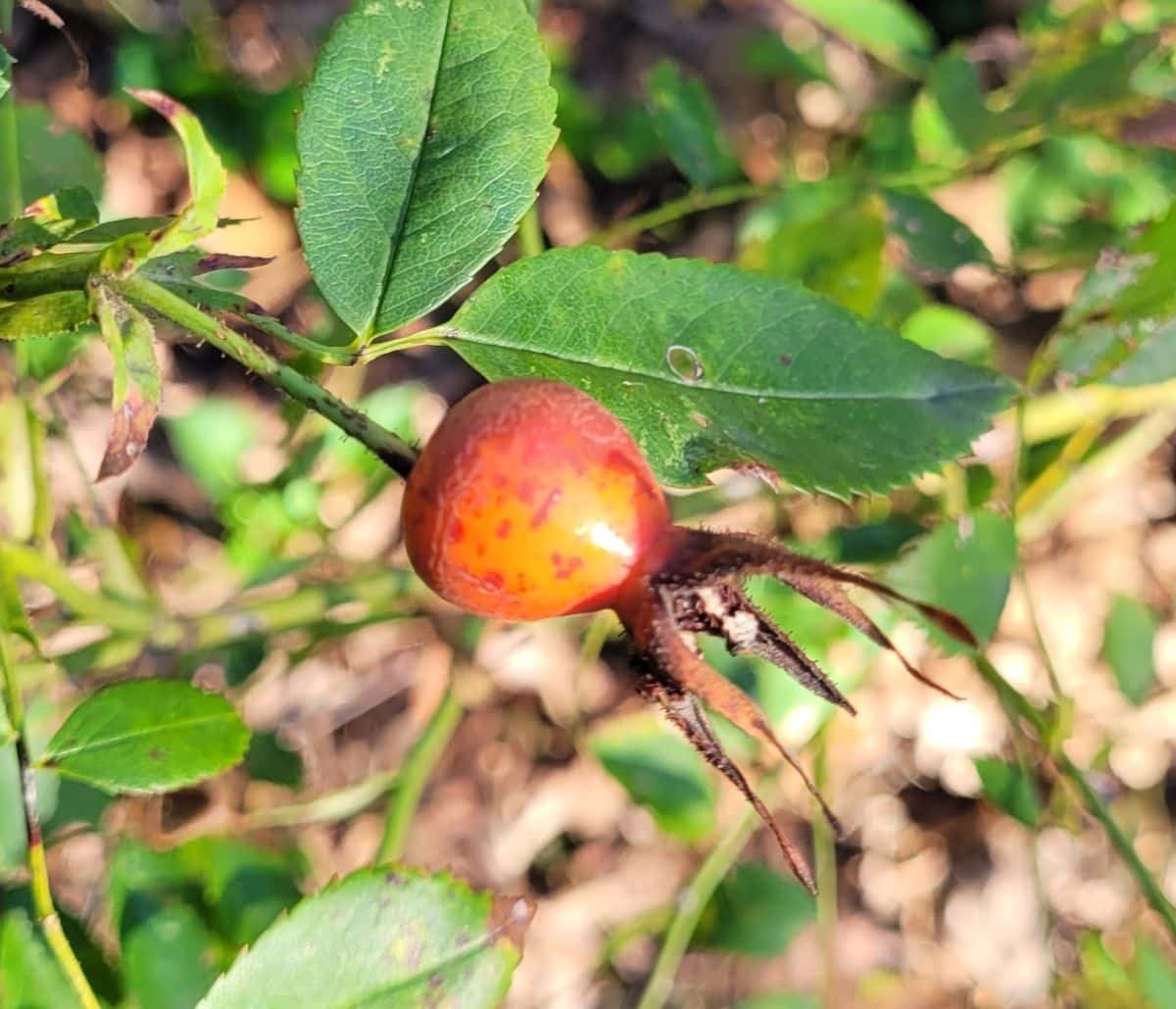
Rose hips offer more than just fall beauty with their cheery orange, red, or yellow fruits.
Today, modern medicine is researching those benefits that our ancestors knew about hundreds or even thousands of years ago – and finding that rose hips are therapeutic for a host of ills and could potentially help with illnesses such as diabetes, arthritis, skin issues,
Modern-day foragers and foodies are coming to a new appreciation of what rose hips can bring to the table.
In these days of unprecedented habitat loss, animals and birds can find refuge and sustenance in the hips of wild rose hedges.
Landscapers and gardeners have a new appreciation for the color that rose hips can add to the winter garden.
You, too, will be astonished at how many benefits you can get from this oft-overlooked fruit.
Here are 14 reasons you should add them to your yard and diet – which might sound like a lot, but we’re barely scratching the surface.
Rose Hips in the Garden
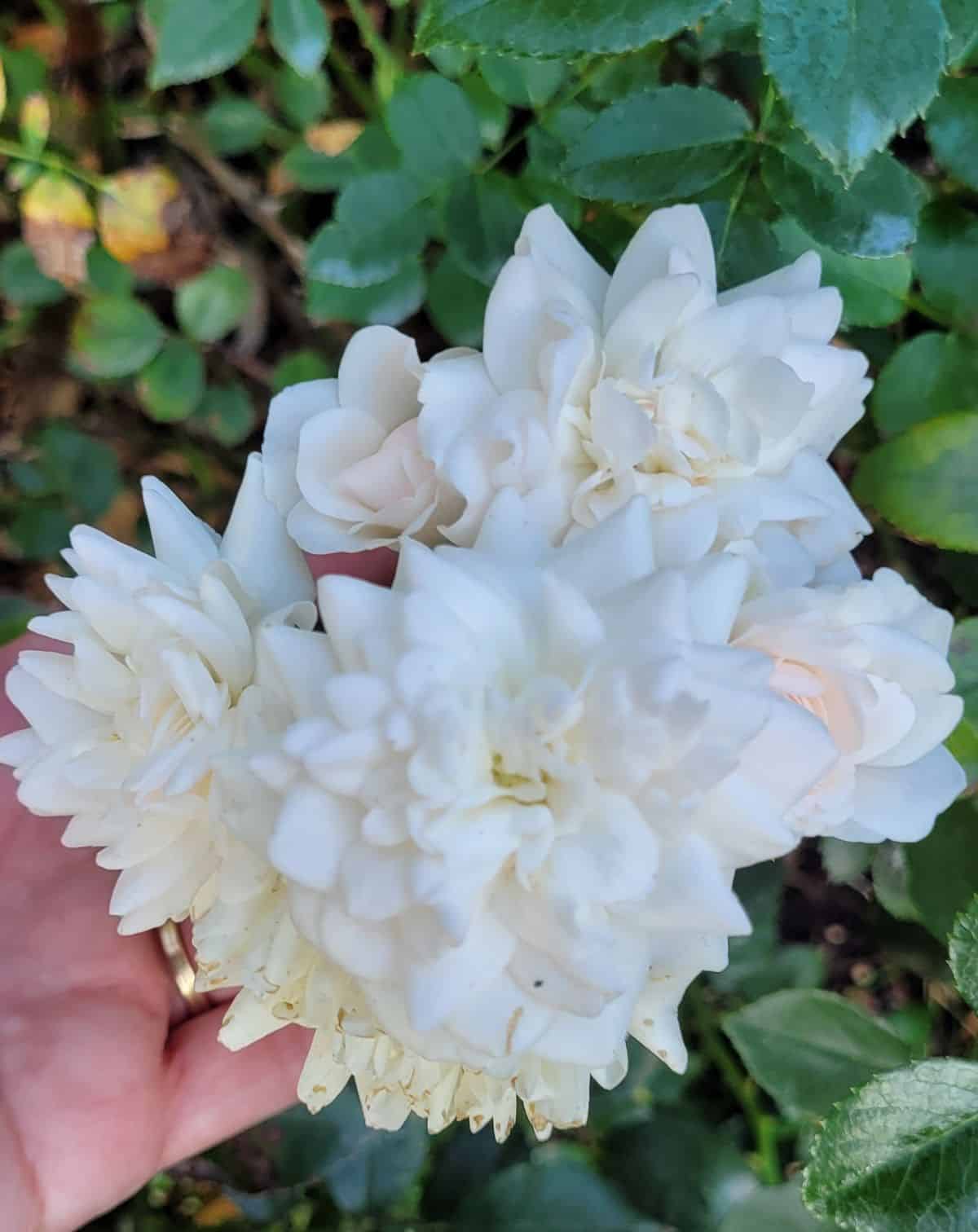
Roses are a fixture in the garden, but often we plant for blossoms – seldom for hips. These can add interest, color, and surprise to the fall and winter garden. To make the most of hips, don’t prune your roses back until late winter or early fall, and enjoy the show. Here are a few ways to add dimension to your garden with rose hips.
Monty Don Approves of Rose Hips!
The popular British horticulturist, who has been gardening on BBC for decades, is an institution in the United Kingdom and abroad. Monty Don grows over 100 different kinds of roses in his garden – and he is a huge fan of rose hips.
He recommends several roses for their hips:
- Rosa moyesii ‘Geranium’bears brilliant claret-red flowers with five petals. But this show is surpassed by its show of hips – which look like little red fish hanging all over the rosebush.
- ‘Scharlachglut’ has big red hips that look like jawbreakers.
- ‘Rambling Rector’ is a rambler that bears huge clusters of beautiful white blossoms, followed by bucketfuls of orange-red hips that shine through the snow.
- Rosa pimpinellifolia, or Burnet Rose, has hips that are a deep shade of purple, almost black.
Roses that bloom once a year will generally come back in late summer and fall with a nice crop of hips. Regular roses will get deadheaded through the year to encourage new blossoms, but when they start setting hips in late summer and fall, stop deadheading them. This allows the rose to put their energy into hip production – and seed production – and also lets them know it’s time to start preparing for winter.
Grow Old Roses to Feed the Birds and Wildlife
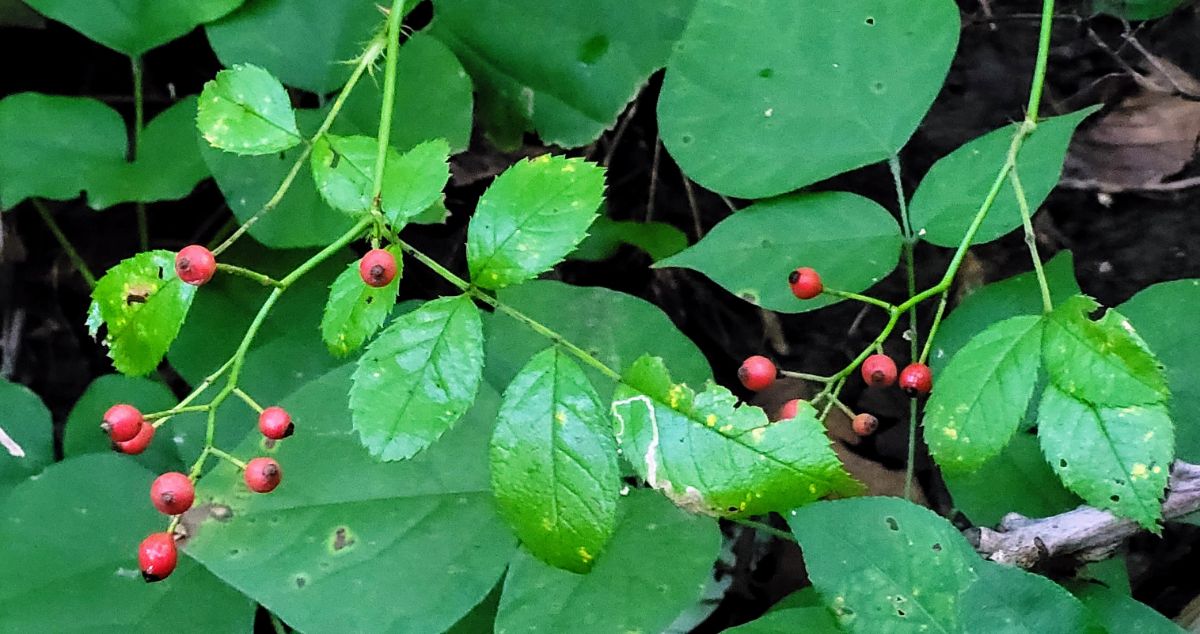
In fall and winter, birds like blackbirds, redwings, fieldfares, and thrushes will feed on rose hips. Other birds, like goldfinches, enjoy the seeds from inside the hips. Cardinals and purple finches will eat the small hips of woodland roses. Mockingbirds and cedar waxwings also enjoy rose hips.
It’s so important to realize that your garden is not just something you own – it’s a smaller piece of the whole natural world around you. Living with birds and local wildlife is an important part of sharing the outdoors. It’s wholesome to make those small connections to the natural world.
Rose Hips Provide Four-Season Beauty in the Garden

Growing roses with showy hips can add color and interest to the dull winter landscape, especially if you choose hardy species roses. If they bear hips, they’re likely very hardy and tough.
Rose Hips in Skincare
Rose Seed Oil is High in Unsaturated Lipids
The oil from rose seeds can be good for your skin. Depending on the rose species, the amount of oil in the seeds can be anywhere from 5 to 18%, and 97% of that oil is made up of unsaturated fatty acids that are used in cosmetics because they have a therapeutic effect on skin disorders.
What does this mean for your skin? Rosehip oil can be good for your face, making your skin smoother without oiliness, and it smells great.
Rose Hips in Food and Nutrition
Rose Hips are One of the Highest Sources of Vitamin C
Rose hips are extremely high in vitamin C – one of the best natural sources. Raw rose hips from rugosa roses can contain anywhere from 600 – 1090 mg of vitamin C, while the dog rose (Rosa canina) can contain 274 to 2700 mg. The lowly orange lags far behind with 54 mg of vitamin C!
The hips are such a valuable source of vitamin C that in the fall of 1941, while Britain was still under attack in World War II, the public was encouraged to collect ripe rose hips from both wild and cultivated rosebushes. These were made into rose hip syrup to provide vitamin C to young children.
If you’d like to make your own rose hip syrup, which you can spread on pancakes, ice cream, and other desserts, check out our recipe for rose hip syrup (find it with site search).
That said, the amount of vitamin C in rose hips varies widely. Some difference comes from the amount of light the rose gets, and the oxygen level of the air, but the biggest factor in vitamin C content is fruit freshness.
Dried rose hips had less ascorbic acid than fresh ones. Hips affected by frost gained more beta-carotene and lycopene, while some vitamin C and antioxidants were lost.
Rose Hips Can Increase Freshness in Some Foods
The hips of the dog rose (Rosa canina) have been added in pork frankfurters as a partial substitute for sodium nitrate – replacing an additive that’s bad for you with one that’s good for you.
Extracts from rose hips, when added to canola oil, help increase its shelf life and keep it from becoming rancid for a longer time.
Hips Contain Antioxidants
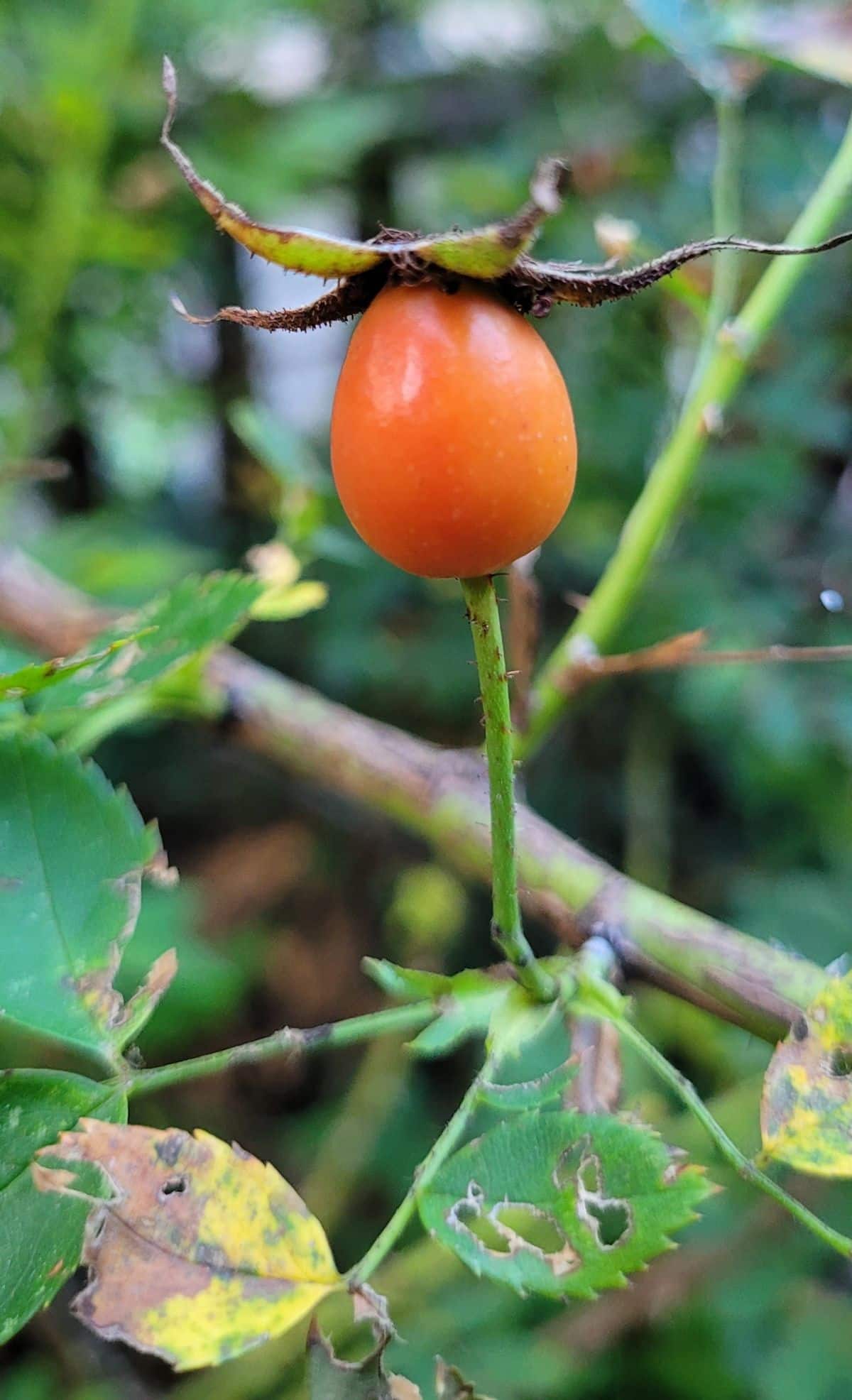
Rose hips contain carotenoids such as beta-carotene and lycopene. These plant pigments give rose hips their distinctive red and orange colors.
Rose hips have a high level of bioactive compounds, as well as a high level of antioxidant and antimicrobial action.
Rose hip tea contains more phenolic acids than sour cherry juice.
Rose Hips Are in Many Delicious Dishes
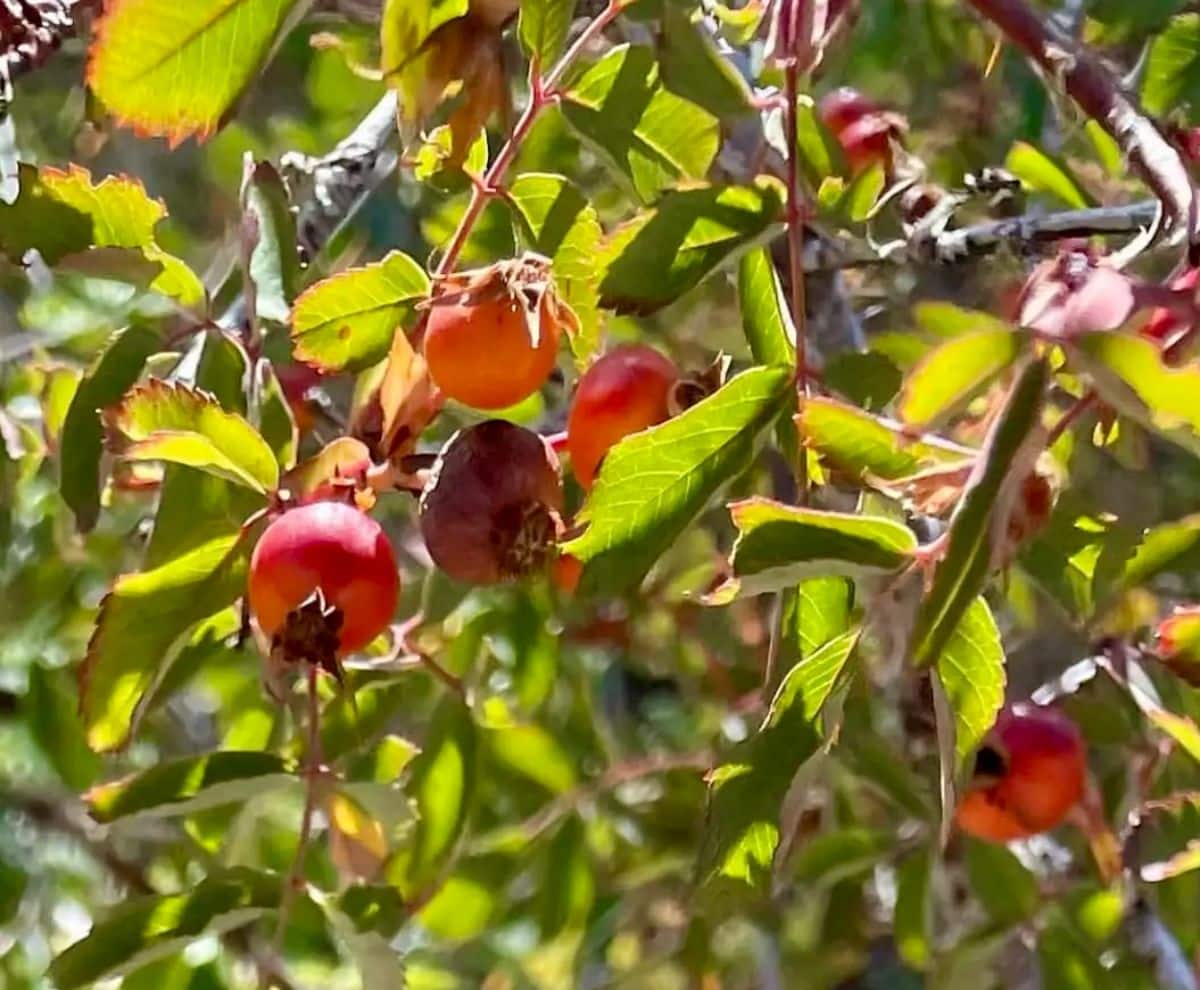
They’re a part of food all over the world – tea, wine, jelly, jam, and sweet drinks. In Sweden, you can enjoy rose hip soup. Rose hips are used as filling in a type of donut cake called paczki. In Russia, rose hips are added to bread.
Dried rosehips of R. canina are available online for tea and other kitchen delights. They’re also good for brewing kombucha.
Rose Hips in Health and Medicine
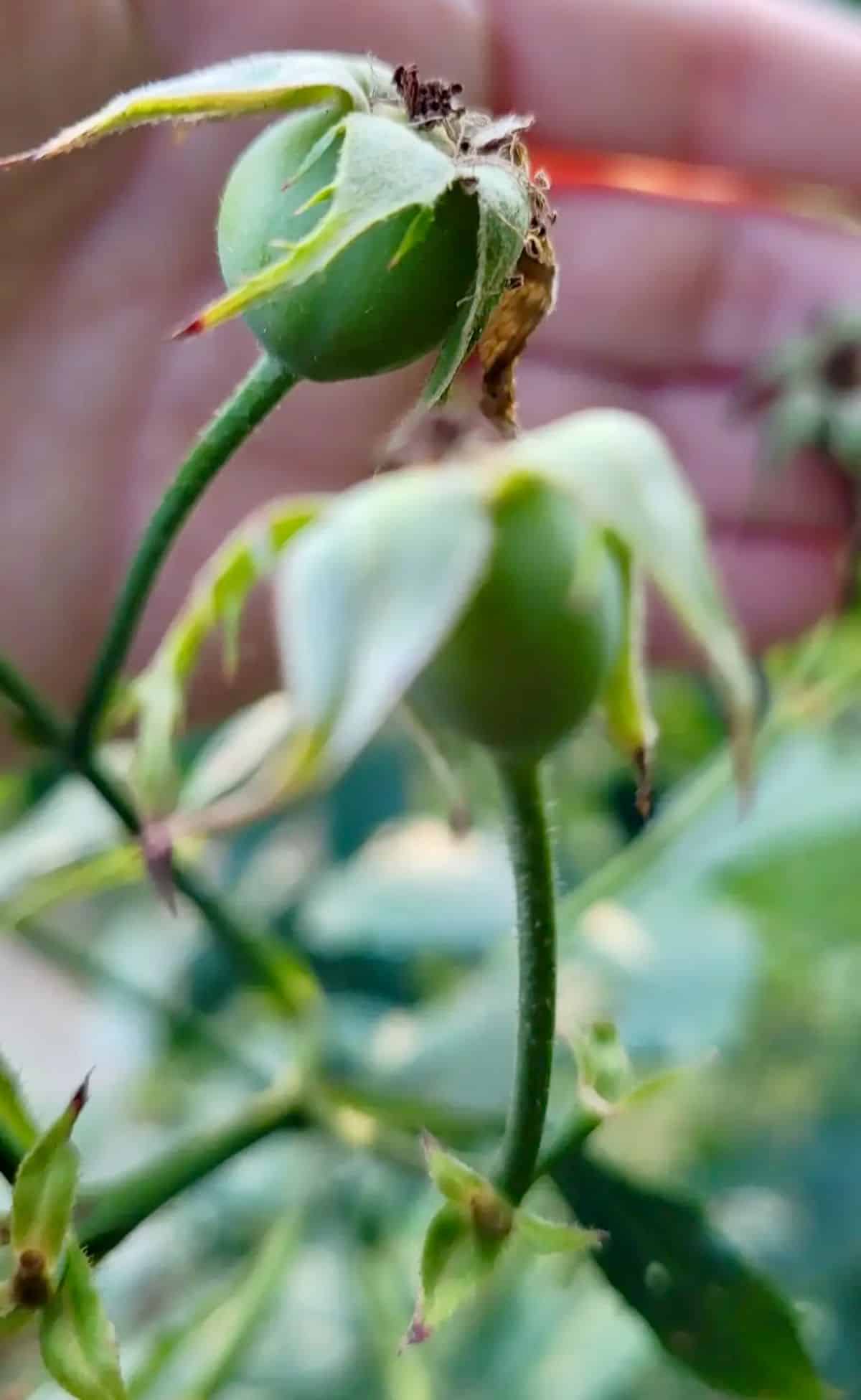
Rose hips are also a part of natural medicine, used to strengthen the immune system, to minimize arthritis pain, and against all kinds of other ailments ranging from diabetes, bronchitis, and anti-inflammatory diseases.
Naturally, don’t take this as medical advice. There’s much research to be done on this part. It’s okay to drink some rose hip tea and maybe take a supplement, but talk to medical professionals before enlisting on any major course of action.
Hips Can Help People with Osteoporosis

Researchers have also been digging into the possible benefits of rosehips, particularly in patients with osteoarthritis. A powder of ground whole rosehips (both fruit and seeds) seems to have improved the usage of hips and knees in patients diagnosed with osteoarthritis, with no apparent side effects.
Studies also show that supplemental natural antioxidants reduce bone loss. Due to its high antioxidant content, the dog rose can also be a potential treatment for osteoporosis.
Rose Hips Are Being Studied for Cancer Treatments
The antioxidants in rose hips have been widely tested against a variety of cancer cells, with promising results. A big challenge is in trying to get standard results from across the board because the effectiveness of rose hips can vary widely, even when you use the same species. Extracts of rugosa rose hips, and Rosa roxburghii seem to possess antitumor properties.
However, rose hip extracts can have the opposite effect in estrogen-related tumors, so talk to your doctor.
Rose Hip Powder as a Therapy for Rheumatoid Arthritis
Rheumatoid arthritis is a systemic disease that inflames the smooth membranes in joints that are supposed to slide past each other. The inflamed joints are no longer able to slide as they bend, erode the cartilage, and soon deform it. It also affects some organs.
The cause of RA is a mystery, and there’s no effective therapy for it, though treatments are available. Some medicines have severe side effects, and not all patients respond to the drugs. Due to their anti-inflammatory and antioxidant properties, rose hips have been used to prevent and treat RA.
Rose hip powder has reduced symptoms of rheumatoid inflammation in clinical trials due to its anti-inflammatory molecules and its antioxidant nutrients, such as vitamins C and E and carotenoids. It lowers the levels of C-reactive protein in the liver, which the liver produces due to inflammation.
An aqueous extract of rose hip also slows the abnormal bone destruction that takes place in RA patients.
Rosa Canina Helps Regulate Blood Glucose Levels
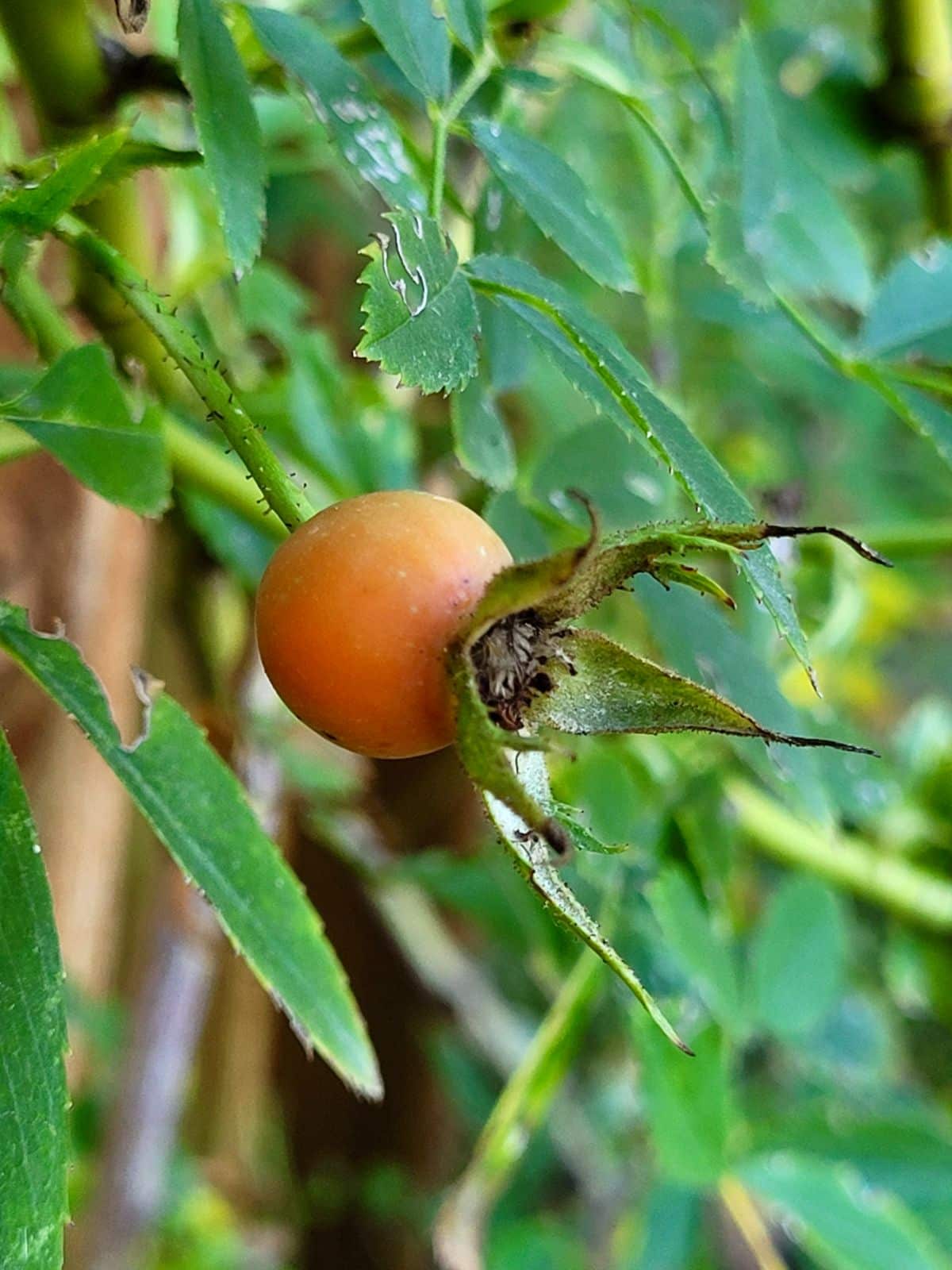
For those living with diabetes, a low-dose extract of Rosa canina fruits lowered blood glucose levels due to its high level of bioactive compounds such as B and C vitamins, carotene, flavonoids, and others. Rose hip extract also seems to help improve insulin use in the body.
Rose Essential Oils in Aromatherapy Can Increase Serotonin
Aromatherapy has been touted as a way to manage anxiety or depression because it releases neurotransmitters such as serotonin, which relaxes the body and improves mood. The essential oils of Rosa damascena have been excellent at this. These essential oils can be expensive because it takes about two to three tons of rose blossoms to produce 1 kilogram (35 ounces) of essential oil!
Rose Hips Can Also Make Itching Powder
School kids also use the little hairs around the seeds to make itching powder and annoy their classmates. Be sure to use your powers only for good.

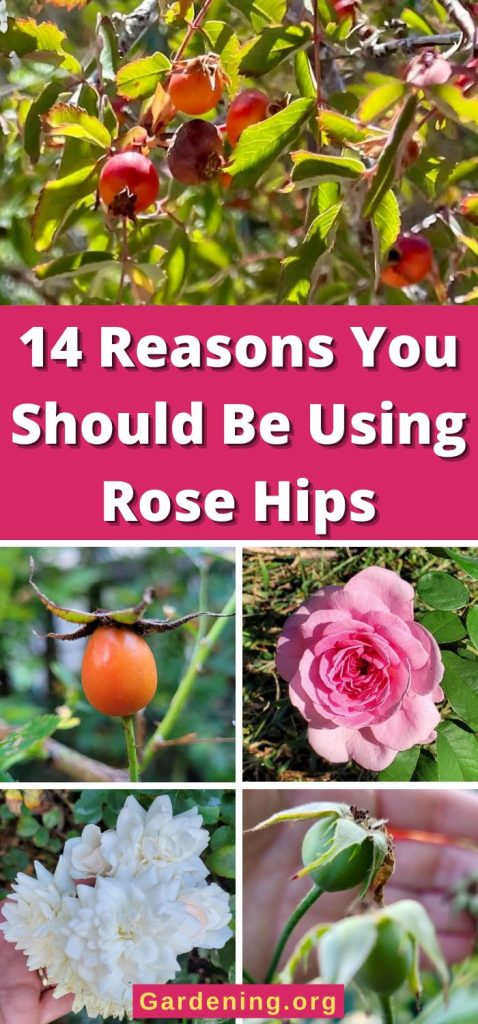
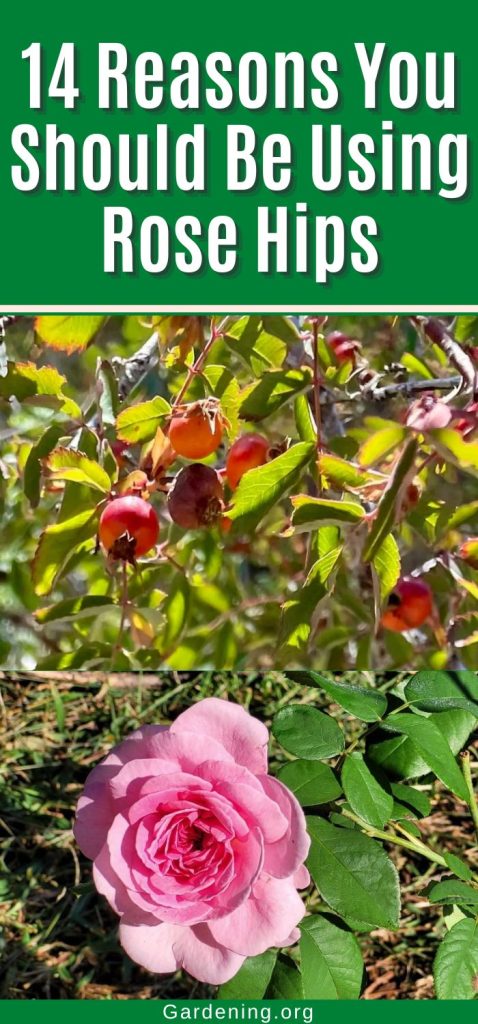
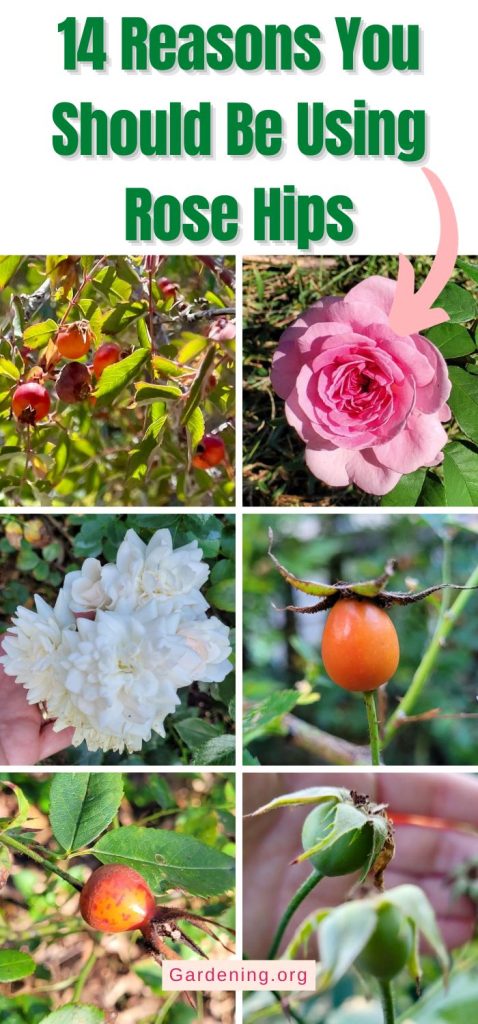
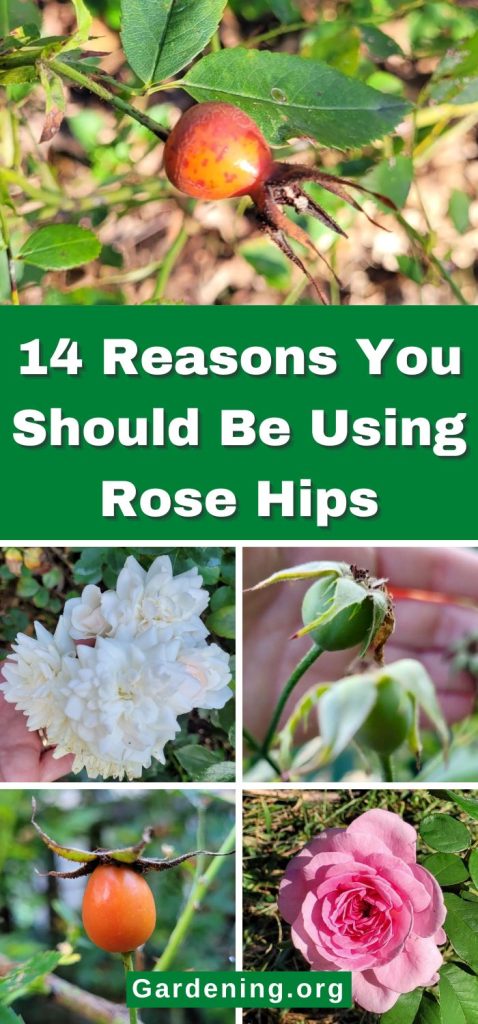




Leave a Reply